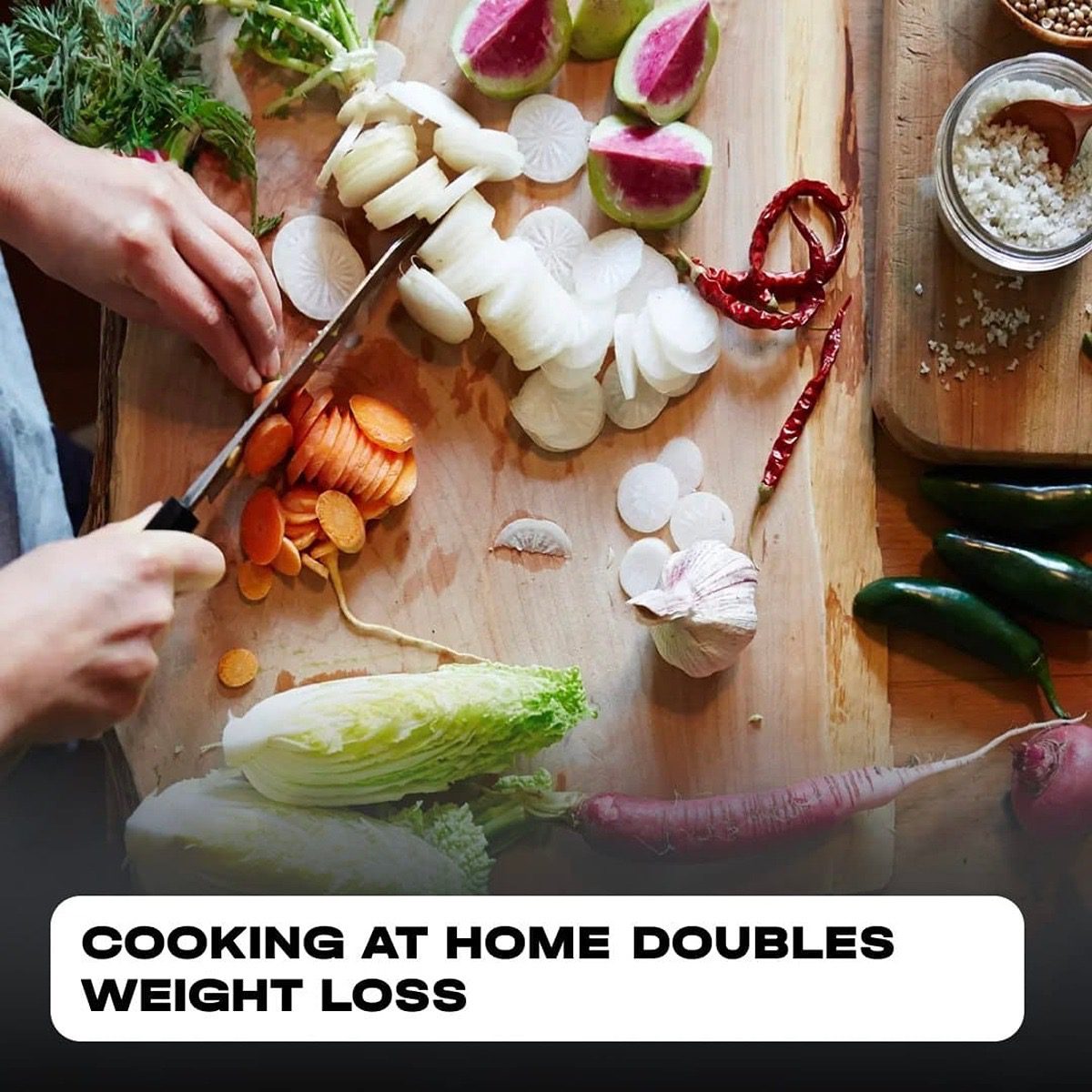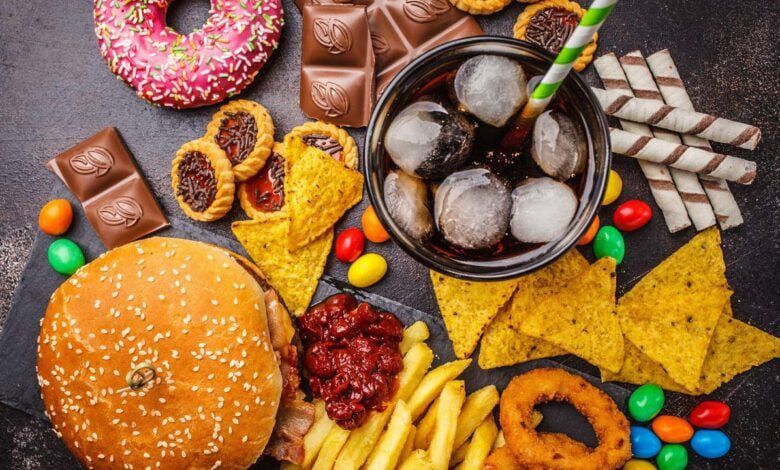Love cooking? Good — science just handed us a legit reason to turn on the stove. As a longtime home-cooking fan, I read the new UCL/Nature Medicine findings with the sort of excitement usually reserved for dessert: folks eating minimally processed, home-style meals lost roughly twice the weight of those eating ultra-processed alternatives — even when both diets followed official nutrition rules. That’s huge. Here’s why it matters, what you can actually do this week, and a few practical — and slightly futuristic — ideas to make home cooking your most effective weight-loss tool in 2025.

Why this study feels like a wake-up call
The headline is simple: it isn’t only what’s in the calories, it’s how the food is processed and how we eat it. The research points to three real advantages of home-cooked, minimally processed meals:
- You eat slower. Food made from whole ingredients forces a slower eating rate, so your brain has time to register fullness.
- Hormones behave better. Minimally processed meals seem to trigger more favorable satiety signals (think GLP-1, PYY, CCK) and tamp down ghrelin-driven hunger.
- Structure matters more than labels. Even “healthy” ultra-processed products (bars, ready cereals, low-fat ready meals) didn’t match the weight-loss effect of scratch cooking. The form of the food — not only its nutrient panel — influences how much we eat.
For someone who loves the ritual of chopping, stirring and tasting, this study feels validating: cooking itself creates a healthier relationship with food.

My short, realistic plan you can try this week
You don’t need miracles or fancy gear — just a small, steady change plan. Try this 8-week starter I’d recommend to a friend:
Week 1–2: Swap one ultra-processed meal per day for a home-cooked alternative. Keep it simple — eggs and sautéed greens, dal and brown rice, or a sheet-pan chicken with frozen veg.
Week 3–4: Batch cook one or two staples (grain + veg + protein) to mix and match lunches. Pre-portion into containers so decisions are easy.
Week 5–8: Build a system: two go-to weeknight recipes, a weekend batch, and one “fun” cooking session (new recipe + a friend). Track hunger patterns — do you feel fuller, less snacky?
Small wins stack. The goal isn’t perfection, it’s shifting the majority of calories toward minimally processed meals.
You Also Like: Read Now
Budget hacks that actually work
- Buy dry lentils, beans and whole grains — they’re cheap and filling.
- Use frozen vegetables (nutrient-dense and fast).
- Roast a large tray of root vegetables and a big batch of a protein once a week — mix them for multiple meals.
- Learn three 20-minute one-pot recipes and rotate.
I’ve seen demos that stretch ingredients into dozens of meals for pocket change — the magic is planning and using versatile staples.
Smart tech + community: the 2025 superpower
If you like gadgets, 2025 is making it easier to cook well:
- AI kitchen assistants can suggest recipes based on what’s in your fridge, map out a 30-minute cooking plan, or generate a 7-day prep schedule that fits your calorie goals.
- Smart ovens and multicookers take guesswork out of timing and temperature.
- Meal-kit services have also evolved — some now offer minimally processed, calorie-controlled kits that combine convenience with better food structure.
Combine tech with community: virtual cooking clubs or neighborhood meal-prep swaps make it social, more fun, and more likely you’ll stick with it.
Policy & product ideas we could push for (my wishlist)
If we want home cooking to scale beyond enthusiasts, here are realistic moves policymakers and businesses could try:
- Workplace cookery breaks: employers subsidize on-site prep classes or provide kitchen access for staff.
- Smart pantry subsidies: partner with local grocers to discount staples for low-income households.
- Transparent processing labels: beyond nutrition panels, a simple “processing score” could help shoppers choose whole-food options quickly.
- Research on long-term effects: fund trials that test minimally processed diets over 12+ months and across diverse populations.
These ideas could make the home-cooking advantage a public health win, not just a personal hack.
What to watch next — and one small experiment I’d love to see
UCL’s results are convincing, but we still need longer trials and more diverse participants. A fascinating next step would be an app that measures eating rate and pairs that metric with dietary advice — imagine nudges that tell you to slow down, chew more, and savor. That could be a tiny tech fix with outsized effects.
Final, fan-level pep talk
If the science has you curious but overwhelmed: start with one swap. Make breakfast or dinner at home three days this week. Notice how you feel. If you enjoy it, you’ll keep going. If you don’t—tweak the recipes, shorten the prep, invite a friend. Home cooking isn’t a punishment; it’s a powerful habit that can change how your body and mind respond to food.
